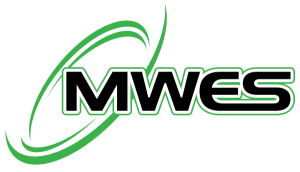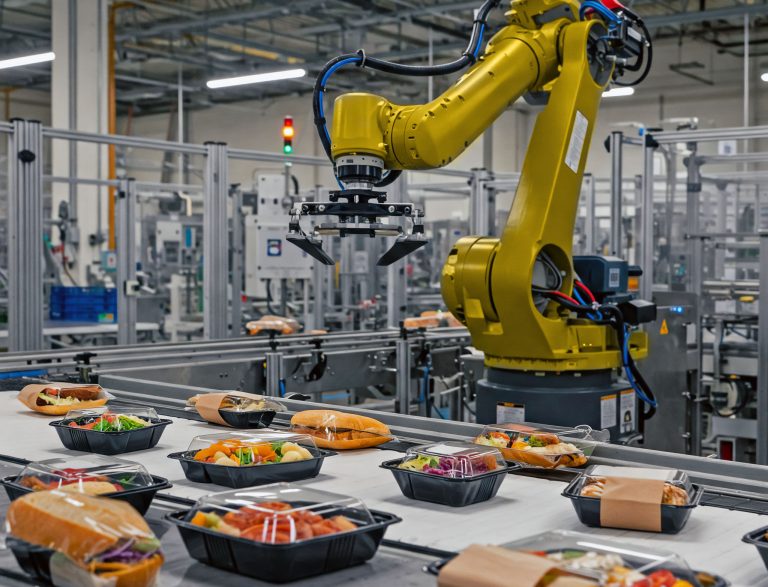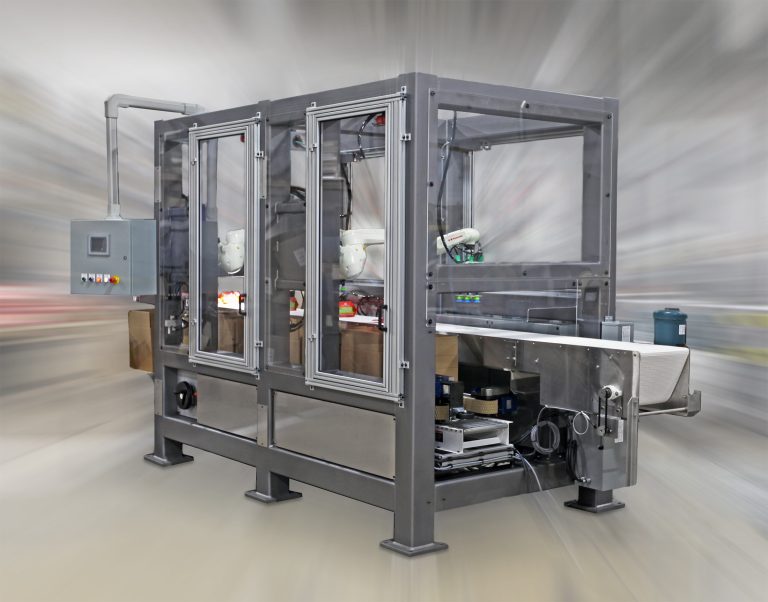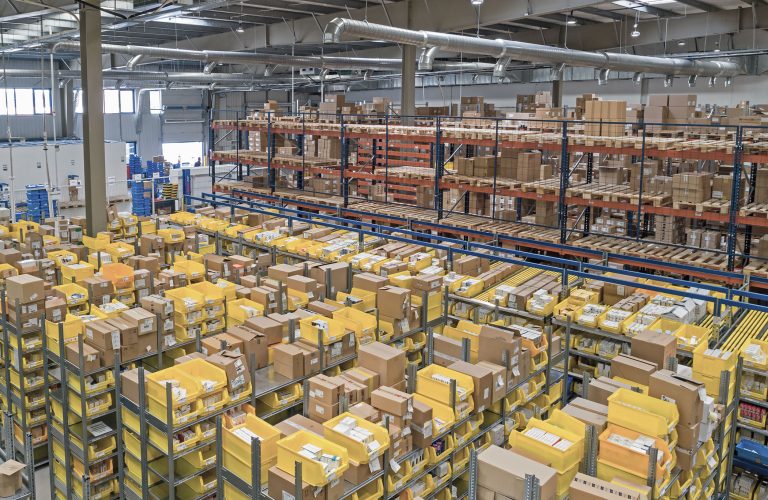Baby boomers are reaching retirement age in large numbers, which means a significant portion of the workforce is leaving their jobs. This has led to concerns about a potential labor shortage, especially in industries that traditionally rely on skilled and experienced older workers, such as healthcare, manufacturing and skilled trades. The retirement of experienced workers can result in a skills gap, as younger generations may not have the same level of experience and expertise. This can be a particular concern in industries with specialized knowledge and skills.

How are companies coping with this looming talent shortage? One of the strategies that many businesses are adopting is to leverage robotic automation and artificial intelligence (AI) to augment or replace human labor.
Robotic automation and artificial intelligence are not new concepts, but they have become more advanced and widespread in recent years, thanks to innovations in hardware, software, data and algorithms. These technologies have advanced to the point where they can perform various tasks that humans had previously performed such as data analysis, material handling, manufacturing, logistics and more. By automating these processes, companies can reduce costs, streamline processes, increase efficiency, improve quality and enhance overall productivity.
However, robotic automation and AI are not only useful for routine and repetitive tasks. They can also assist or supplement human workers in more complex and creative domains (PDF), such as engineering, design, marketing, research and development. By using AI to analyze large amounts of data, generate insights, provide recommendations and support decision-making, companies can tap into the collective intelligence of machines and humans. This can help them overcome the knowledge and experience gaps that result from the demographic cliff.
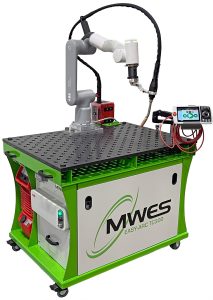
The demographic cliff is a reality that many companies will have to face in the coming years. However, it is not necessarily a doom-and-gloom scenario. Businesses will need to invest in education and training programs to help their workers adapt to the changing demands of the labor market and the workplace. By embracing automation and AI as strategic tools to enhance human capital, companies can turn this challenge into an opportunity to innovate and grow.
The use of AI and automation is seen as a way to maintain productivity and competitiveness in the face of changing demographics. Midwest Engineered Systems has for decades been on the cutting edge of innovation. Whether it is in material handling, manufacturing, or logistics, we can provide the automation required for businesses to stay competitive in this constantly evolving landscape. Contact us today to discuss your process and how we can alleviate your concerns with the looming shortage of skilled workers.
